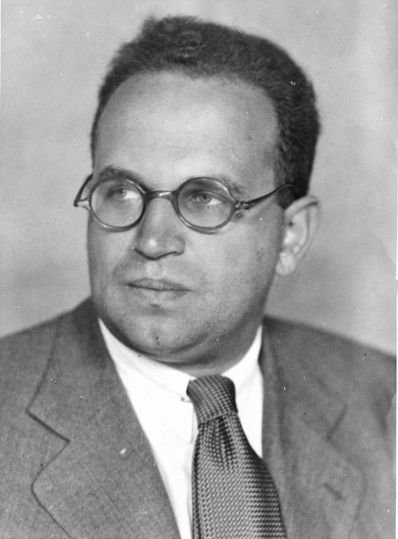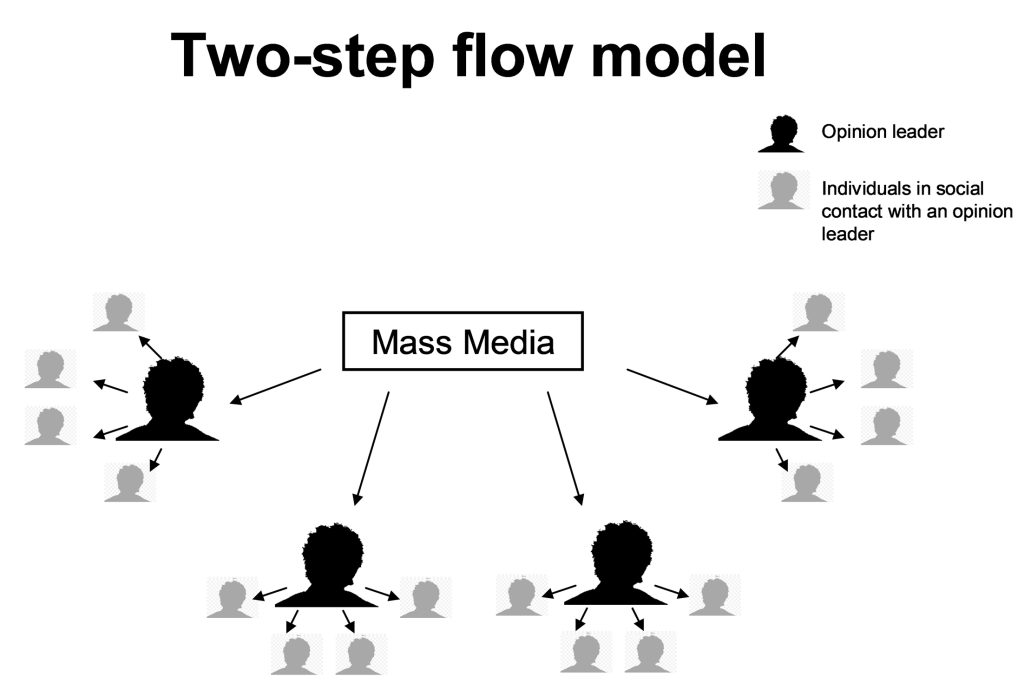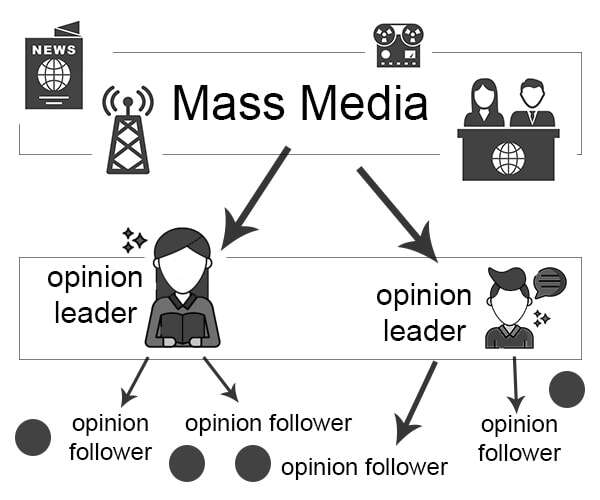The limited effects theory is a theoretical hypothesis proposed by American communication researcher Lazarsfeld in 1940 in The People’s Choice.
According to the idea, mass communication messages do not flow directly to the general public, but rather follow a two-tiered communication structure based on “medium-opinion leader-audience.”

The significance of the hypothesis
The hypothesis regarded the population’s more active opinion leaders as the intermediate The hypothesis regarded the population’s more active opinion leaders as the intermediate station of information dissemination, as they had more contact with the media and knew more about the content of the media than the general public, and were regarded as the primary information channel by the general population. The two-tier communication theory fundamentally challenged the prevalent “magic bullet theory,” refuted mass communication media’s super-effectiveness, and prompted people to think more about the research of communication effect.
The theory also suggests that mass communication is only good at confirming an audience’s pre-existing viewpoint and is significantly less effective at altering an audience’s opinions than interpersonal communication facilitated by groups such as opinion leaders.
Later, in “Interpersonal Influence,” Katz et al. extended and altered this, arguing that opinion leaders are multi-level and proposing multi-level communication, also known as N-level communication. With the advancement of new media, this communication strategy has grown in importance.

Shortcomings of Two Step Flow theory
Two-level communication has resulted in the recognition of the distinct roles of mass media and interpersonal communication channels in the process of people’s information acquisition and attitudinal change, with mass communication having a significant effect in reinforcing the audience’s pre-existing position and interpersonal communication having a much stronger impact in changing the audience’s attitudes, for example. However, the two-level communication paradigm has several flaws:
To begin, the importance of opinion leaders in two-level communication is exaggerated. According to the theory of two-tier communication, opinion leaders are the relay station in the dissemination of information, and most of the information is transmitted to the audience through the diffusion and innovation of opinion leaders; however, most news reports are directly known to the audience through the mass media; opinion leaders do not have a bullet-shooting influence on the audience, and they share information rather than exchanging opinions among themselves.
Second, it simplifies the process of mass communication, whereas the actual process of communication may have more levels and be more complex.

Examples
One of the most common examples of the two-step flow model is in the realm of politics. In this arena, mass media organizations play a significant role in informing the public about political issues. They do this through television, radio, newspapers, and the internet. Political opinion leaders are often highly influential individuals such as politicians, commentators, and pundits.
Another common example of the two-step flow model is in marketing and advertising. In this context, businesses target opinion leaders in an attempt to promote their products or services. This is done through a variety of marketing techniques such as endorsements, sponsorships, and product placement. An example would be a sports drink company sponsoring a celebrity athlete. The celebrity then talks about how much they like the sports drink, which leads to more people buying the sports drink.

Reference
What is the Two-Step Flow Communication Model?’╝īNathan Mahr and Lisa Kuchta
Two-Step Flow Communication Model | Definition & Examples | Study.com
The People’s Choice ’╝īBernard Berelson and Paul Lazarsfeld’╝ī1940

